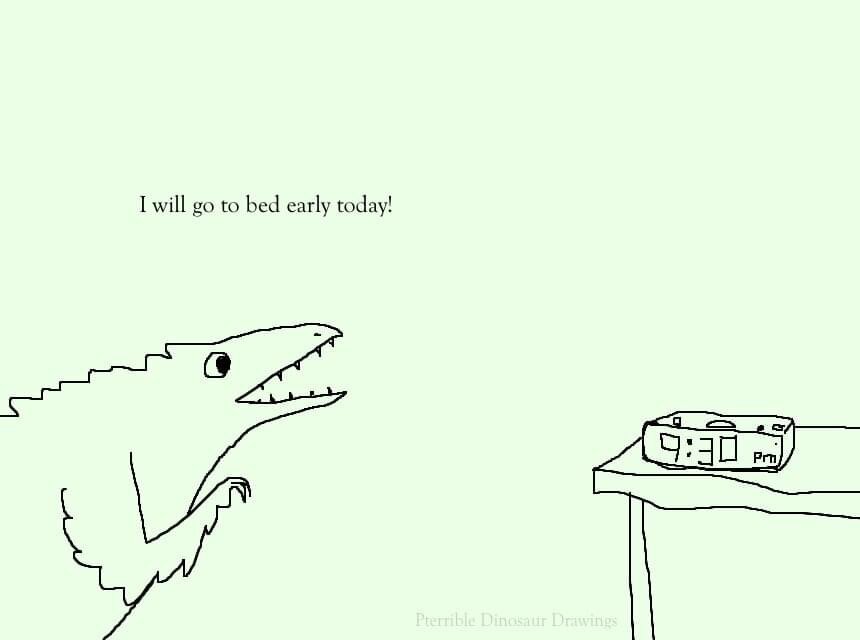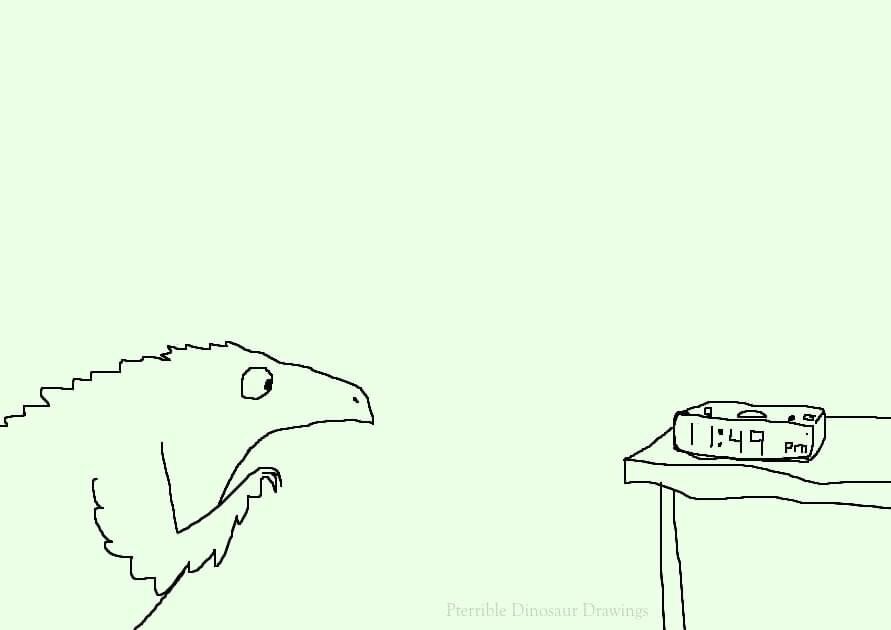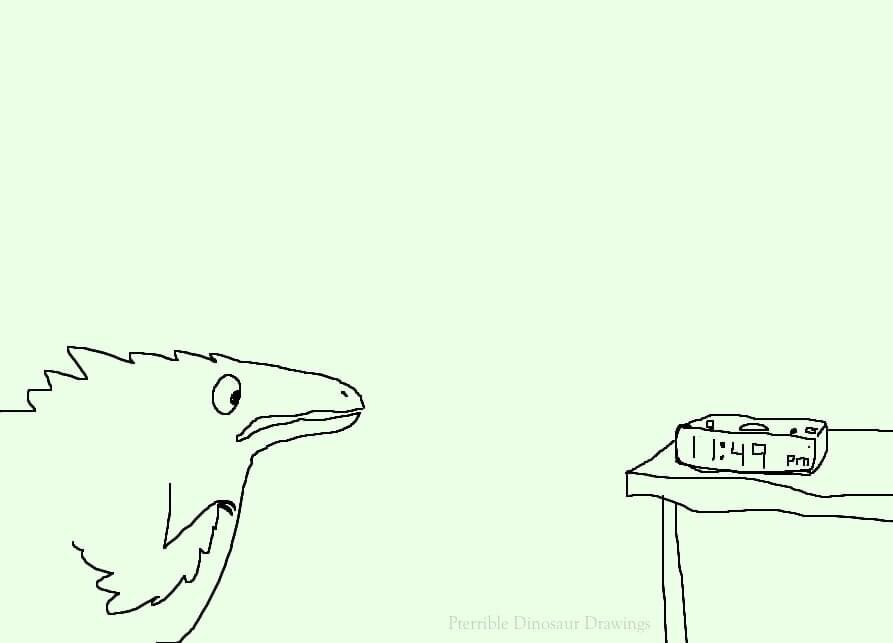Burnout hit the headlines in the UK this week, with BBC news reporting that Bumble, the dating app organisation where women make the first move, has announced a week-long holiday for all staff globally in a bid to combat collective burnout.
The move, by 31-year old founder Whitney Wolfe Herd, has largely been positively received and contrasts heavily with reports of overwork in other industries. Employees at Goldman Sachs have been putting in 95 hour working weeks, UK union Prospect is pushing for a ban on out-of-work emails, and some organisations have been getting flack for their innovative ‘solutions’ to the burn-out crisis, such as Amazon’s ‘AmaZen’ booths which some news outlets have termed ‘despair closets.’
Image by Amazon. (I don’t know about you, but I’ve had plenty of jobs where a nice dark wardrobe to hide in would have been very welcome).
Us Kiwis are no strangers to overwork, and have the dubious honour of a few headlines ourselves, with the story of Sarah McGuinness, diagnosed with burn-out earlier this year after burning the candle at both ends assisting others manage their own well-being.
We’ve also seen loads of Dr Jarrod Haar’s research lately - NZ’s own burn-out expert - popping up on news outlets all over the place (more of that later).
In this post, we’ll be explaining what burn-out really is, how you can recognise it in yourself and others, and what you can do about it - even if you don’t have time for yoga.
Image credit - Just Peachy Comic @justpeachycomic
https://www.facebook.com/justpeachycomics
What is Burnout?
We’ve all heard of it, most of us can probably describe how it feels, and according to an AUT research study lead by Professor Jarrod Haar, around 11% of Kiwis may have experienced it and many more are part way there. But what is burnout?
The World Health Organisation (WHO) has recently updated their definition, describing burnout in more detailed and serious terms than they had previously, as a “syndrome” with a concrete set of symptoms resulting from “chronic workplace stress that has not been successfully managed”.
WHO does not (yet) classify burnout as a medical condition, but rather as an “occupational phenomenon,” tied directly to the unique stressors we experience at work and our relationship with our workplace; or how our work makes us feel (italics mine).
The WHO lists three dimensions that characterise burnout:
Feelings of energy depletion or exhaustion
Increased mental distance from one’s job, or feelings of negativism or cynicism related to one’s job; and
reduced professional efficacy
In other words, burnout starts with fatigue, and then a lack of engagement in our job role, followed by reduced capacity for work. Small tasks like opening an email, making a phone call or completing basic data entry might feel like an impossible effort. We might begin to make mistakes, experience forgetfulness or perceive that we are ‘dropping the ball’ in comparison to our usual work performance.
This may be accompanied by regulating our emotions in a way that is unusual for us. For example bursting into tears at our desks, or experiencing rage or severe irritation in response to small stressors.
Image credit - Nathan W Pyle ‘Strange Planet’ series @nathanwpyle https://www.facebook.com/nathanwpyle2/
Burnout is not just garden-variety tiredness or having an off day, but severe exhaustion to the point where the individual suffering may wake up and feel totally unable to get out of bed, which is where presenteesim creeps into absenteeism.
How it feels when the phone rings one more time on a Friday.
Image credit - this is actually my cat. (no animals were harmed in the making of this image).
Why does it matter?
It’s not just newsworthy CEOs and celebrity entrepreneurs who are suffering. Burnout can impact any worker and the consequences ripple through society as a result. In addition to the cost of poor work performance, we’re talking personal relationship breakdown, addiction, depression, anxiety, and a greater risk of physical health problems such as cardiovascular disease and stroke.
The World Economic Forum has estimated the cost to the economy at $322 billion annually. This is an alarming number - too big to really comprehend - but even then it doesn’t tell us the full picture of what we lose as individuals and communities when we burn out.
Physician burnout reportedly costs the US $4.6 billion dollars per year, but what about the cost to patient care? The new life-saving treatments that might be thought-up and created if doctors were operating at their full capacity and not suffering from a debilitating ‘syndrome’ themselves? Not to mention the numbers of qualified physicians leaving the profession in droves.
Imagine the contribution that every burned-out person could be making to their friends, family and society if they were fresh and engaged with their lives and work rather than completely depleted with no gas in the tank.
What can we do about it, as individuals, as colleagues and as leaders?
Companies like Bumble are simply imposing measures such as workforce-wide compulsory holiday to to combat burn-out. Youth in China have taken matters into their own hands, with the ‘Tang Ping’ or ‘Lying Flat’ movement - quite literally lying down - in response to the pressure to overwork.
As individuals and/or as leaders, neither of these options might be suitable for us. As people with multiple responsibilities in our lives outside of work, time to rest may seem like such an unachievable goal we switch off at the mere thought of it.
Once we actually have burnout, rest may be our only option, and we are likely to need far longer than a week. In this great 5 minute segment on Kiwi news show The Project, expert Jarrod Haar suggests 2-3 months.
But fortunately for those of us who don’t have that kind of time available, the tricks that helps us and our team avoid burning out in the first place are not just in reducing our working hours (although of course, that helps - Haar recommends no more than 54 hours per week).
Burnouts tips for individuals
Practice self-care. I know I promised ‘no-yoga’ in my intro, but the truth is (and we all know it) practicing healthful habits keeps us well. Taking regular exercise, eating well, and avoiding using food, drugs and alcohol as coping mechanisms are all important burn-out prevention strategies.
Set boundaries: This can be easier said than done, depending on how supportive our employers are. If you begin to feel as though you just can’t stop checking your emails during non-working hours then speak to your Manager or HR to try to find a way to resolve this (in a previous job-role when I was on the fast-track to burning out, my employer actually gave my inbox to another team-member to monitor temporarily and wiped my access).
Find ways to introduce autonomy: Even if your employer or your job role limit your personal freedom, try to find ways to take back control. You could turn-off your email notifications and have a set-schedule for checking your inbox, or re-organise your daily workload to complete tasks in the order of your choice.
Talk about it: If you feel fatigue and a lack of engagement in your work settling in, speak to someone. The first time is always the hardest but if we were all more open about our workplace mental health instances of burnout would drop dramatically.
Image credit - Terrible Dinosaur Drawings @pterribledinosaurdrawings https://www.facebook.com/pterribledinosaurdrawings/
For colleagues
Learn to listen. Talking about any issue that impacts our work or causes a drop in work performance is difficult, and it becomes even more difficult when the issue stems from a mental health problem. Our colleagues will be more likely to take the first step to recovering from or avoiding burnout if they feel supported by us as team-members and able to open up. Be attentive (put your phone down), ask open and non-judgemental questions such as ‘what I’m hearing from you is… have I got that right?’ and pay attention to non-verbal cues. Avoid offering solutions in the first instance - give them a space to simply talk.
Get on board with boundary setting. Sometimes ‘it takes a village’ and not one individual to make a change. If your team mate complains to your leader about the stress that comes with frequent overtime or an expectation that staff will check their phones during personal time, back them up. Change starts with us, now!
Take the lead. Have your noticed your workmate seems stressed? Ask them out for lunch, and a stroll while you’re at it.
For Leaders
Start with yourself: Just as the airlines teach us, we need to put on our own oxygen mask first. According to Haar’s research, Manager’s are a whopping 219% more likely to suffer from burn-out. Practice boundary-setting and self-care routines and not only will we be in a better position to help members of our team when we see that they are struggling, our team members will be more likely to implement their own self-care routines. If you take a lunch break, so will they.
Pay attention: The order in which WHO list the constellation of symptoms is telling - a drop in performance or “reduced professional efficacy,” is last on the list. Workers can mask their feelings of distress for long periods of time, despite feeling depleted, exhausted and cynical, before exhibiting a drop in performance. To catch burn-out early, leaders need to be aware of the early signs and prepared to act early.
Stop micro-managing: Research by Gallup found that ‘how we experience our workload has a stronger influence than hours worked’. It’s not the hours that our team put in per se, but how they feel about those hours. A key factor that inhibits or increases employee engagement is the autonomy and control they feel they have over their work. It’s up to leaders to give their team members this control and empower them to use it effectively.
Think like a coach, and tackle burn-out with sports psychology: Athletes don’t train in the same manner all year round, and neither should workers expect to produce the same high-level output all of the time. If you know that you and your team have particularly busy periods at certain times of the year, plan to have a ‘warm-up’ in the weeks prior to this and a ‘cool-down’ afterwards with reduced workload on either side of a stressful patch. This might seem like a costly waste of precious productivity hours, but the cost of burn-out is far higher.
According to The Effect Director Bridget Jelley, burnout tends to creep up over time as a result of unsustainable work practices.
The solution then is to ensure that our work practices are sustainable over time. That doesn’t mean avoiding stress entirely (that would be impossible), but rather organising our work in such a way that we feel like we are in control of our workload.
Autonomy, engagement and purpose - if we can each experience those factors most of the time we can all benefit from healthy workplaces and be happier humans as a result.
Image Credit - Depressed Dave Comics https://depdavecomics.com
Need more help?
The Effect can help you and your organisation avoid burn-out and implement healthy work practices.
Check out our upcoming public workshop on developing a suite of personal Resilience skills (you are an organised bunch, because tickets for this one are already selling fast!):
If you are a Leader, our Mental Health to Lead series might be just the ticket - dates to be announced soon.
For organisations, we offer a comprehensive suite of in-house mental health risk assessment tools and strategies with proven results.
Or, just press the button to contact us and see how we can help you.
Blog by Ngaire Wallace











